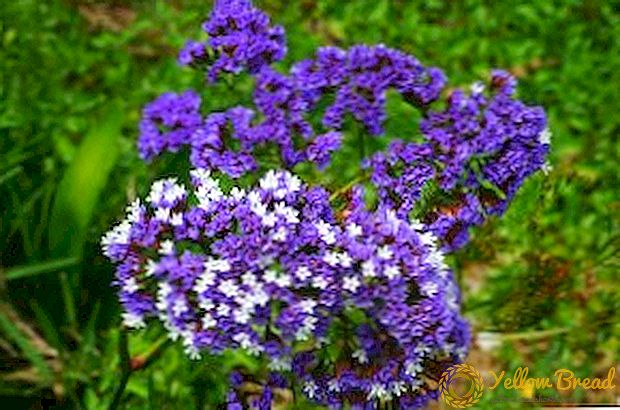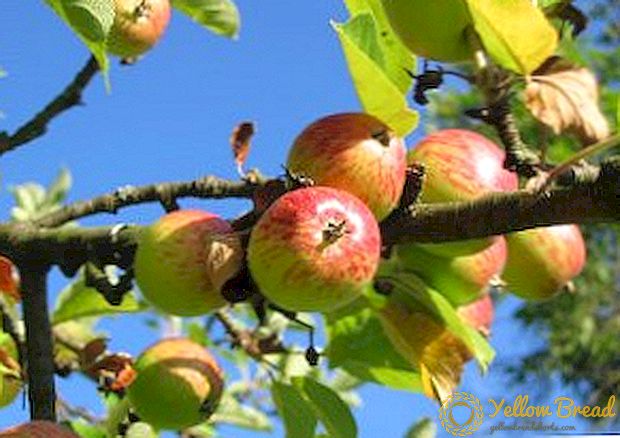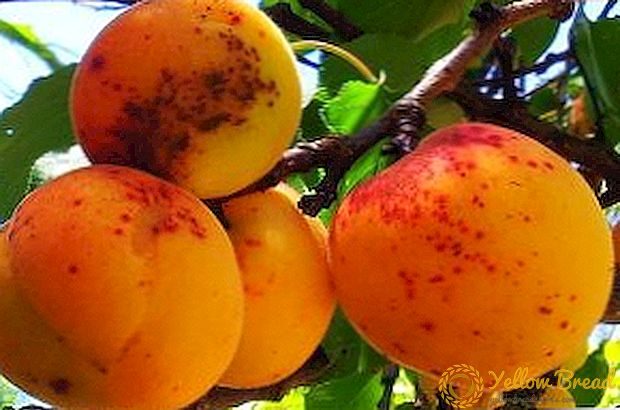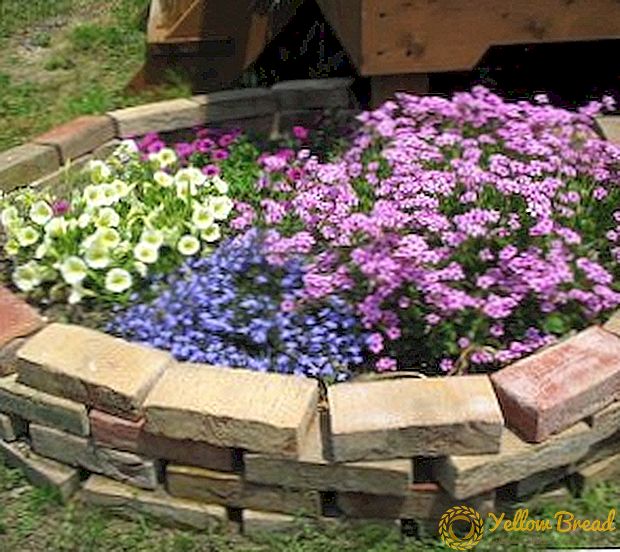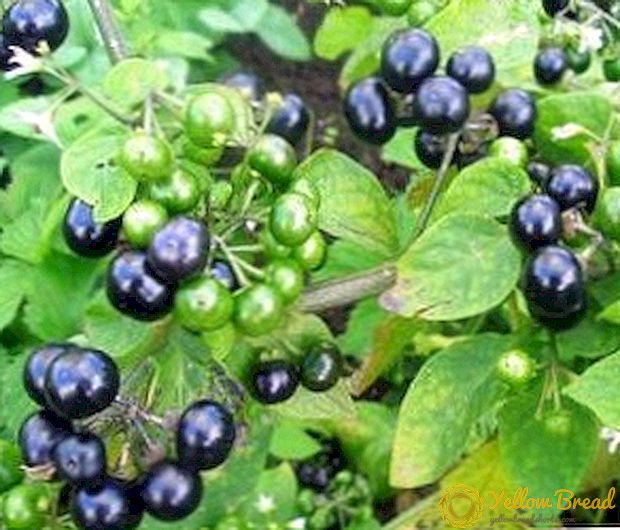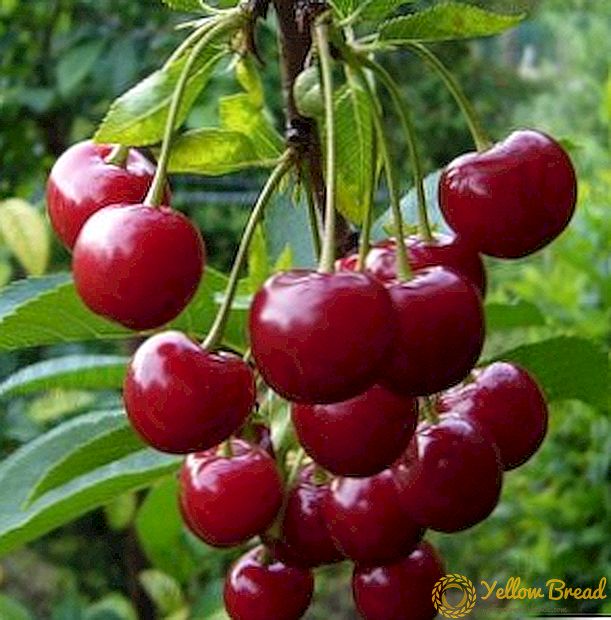 Each summer resident on the site grow fruit and berry trees.
Each summer resident on the site grow fruit and berry trees.
Among the huge number of types of cherries, many prefer the "Miracle Cherry", which we will discuss in our article.
- Breeding history
- Tree description
- Fruit Description
- Pollination
- Fruiting
- Flowering period
- Gestation period
- Yield
- Transportability
- Winter hardiness
- Disease and Pest Resistance
- Application of fruits
- Advantages and disadvantages
- pros
- Minuses
Breeding history
The most popular among gardeners enjoys "Miracle Cherry". Let's see what a "Duke" cherry. Variety - the result of crossing certain varieties of cherries and cherries.  The berry was obtained as a result of the work of the breeder and agronomist from Ukraine Liliya Taranenko. The variety is a combination of the Valery Chkalov cherry variety and the Griot cherry variety.
The berry was obtained as a result of the work of the breeder and agronomist from Ukraine Liliya Taranenko. The variety is a combination of the Valery Chkalov cherry variety and the Griot cherry variety.
Tree description
In appearance, the sapling is very similar to sweet cherry - it has the same tree type, averaged growth force, branching. If you do not plan to form a crown, it will have a narrow pyramidal shape, stretching upwards.
The tree has large leaves, very similar to the leaves of cherries. It has thick, smooth, powerful, straight branches with a brown color. Buds are large in size, differ in density. 
Fruit Description
The fruits are quite large, the weight of one berry is 10 g. They have a flat-rounded shape, dark red in color, with a dense skin.
Pollination
For high yield, cross-pollination is used. The best result will be achieved if the pollination is made with cherries.
This is due to the ultra early flowering of the hybrid, which coincides with the early varieties of sweet cherries.  Greater yields can be achieved using the following pollinators for Miracle Cherry:
Greater yields can be achieved using the following pollinators for Miracle Cherry:
- Annushka;
- "Homestead";
- "Donetsk coal";
- "Dzherelo";
- "Donchanka";
- "Sister";
- "Iput".
Fruiting
The budding of the buds of flowers occurs during a one-year increase, which leads to early fruiting. Crop of 4-8 berries on the bunch can be harvested in the third year from the beginning of the fruiting period.
Flowering period
The beginning of the flowering period coincides with the establishment of stable warm weather. Most often it falls in the middle of May.  However, if the variety is planted in regions with a more severe climate, the flowering period may slightly shift and begins at the end of June.
However, if the variety is planted in regions with a more severe climate, the flowering period may slightly shift and begins at the end of June.
Gestation period
A full crop can be harvested at the end of June, fruiting occurs every year.
Yield
The variety is high-yielding, from one tree you can collect up to 15 kg of berries.
Transportability
Due to the presence of a dense peel, the berries have excellent transportability - they can be stored for up to 10 days. 
Winter hardiness
"Duke" or "Miracle Cherry" has good winter hardiness, but it is not recommended to grow it in the middle lane.
Disease and Pest Resistance
The plant is immune to many diseases and pests, as it has the best properties of its progenitors.
The tree also rarely suffers from fungal infections, it is not afraid of monilliosis and coccomycosis.
Application of fruits
Due to the excellent taste of the berries, they can be used to freeze, process and cook from them jam, juice, stewed fruit.
Of the cherries are often made marmalade, dried fruits. 
Advantages and disadvantages
Like any variety, this plant has its advantages and disadvantages.
pros
Here are the pluses of the plant:
- the possibility of obtaining an early and rich harvest;
- good winter hardiness;
- immunity to many diseases that often infect other plants;
- nice sweet taste.

Minuses
The cons of the tree include:
- the need to use trees pollinators, as the variety is not self-fertile;
- the need to continuously perform crown formation.

